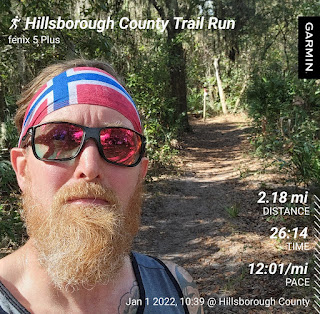Fitness Goes Social


There's a period of time after a workout in which protein synthesis and muscle growth occurs at an accelerated level. If you look at the growth period on a chart, it isn't a rigid spike like the peak of a mountain. Instead, it's more of a gradual curve like a rolling hill. This time period typically lasts from 36 to 48 hours depending on the intensity of the workout, age, genetics, etc.
In order to get the most out of this period of elevated protein synthesis, we need to give the body a good supply of protein and amino acids to support this process. My personal strategy is outlined below, but you should discuss your own nutritional needs with your doctor or nutritionist.
The protein from our food sources are digested and absorbed over a time line that looks more like a bell curve as well. How tall or wide that bell curve is depends on the foods that we get our proteins from as well.
Whey protein is popular with body builders because it is processed quickly by the human body, making a surge of protein and branch chain amino acids available for protein synthesis. There have been multiple studies that show that consuming whey protein immediately before or after a workout increases muscle gains.
Waking in the morning is a time when the body doesn't have protein from a food source readily available. The last thing we ate was probably 6 - 9 hours ago for the average person, and your body has already started converting our muscle and fat to energy. Starting the day with some whey protein is one of the fastest ways to give the body a protein source (other than our existing muscle mass) to feed on. My personal choice is Vanilla Ice Cream flavored Optimum Nutrition Gold Standard Whey Protein Powder.
I like to mix mine with FairLife Fat-Free Ultra-Filtered Milk because it is higher in protein, lower in sugar, and doesn't contain any fat or lactose. In addition, ~85% of its protein is casein, which is slow digesting and has a much wider absorption bell curve than the whey by itself.
I typically lift for around 90 minutes after my morning whey shake, so the bell curve from this shake has already started to taper off by the end of my workout. So immediately after my workout, I drink an IsoPure Infusions whey protein isolate drink to kick that bell curve back up again. IThis particular protein mix is intended to be mixed with water, so I can have it premixed and waiting for me in my car after my workout.
After showering and getting ready for work I'll have breakfast. This typically consists of a protein source that digests slower than the whey beverages. One of my favorites is breakfast tacos. The protein comes from one whole egg, some 100% liquid egg whites and maybe a little turkey sausage.
About half way through the morning, I'll have a high protein snack to help bump up that protein bell curve again so it doesn't drop too low before lunch. Some of my favorites are listed below. Each of these are rather slow digesting.
My lunches typically consist of a high-protein, low-fat, meat-centric meal. Most meats are fairly slow digesting which helps keeps the protein bell curve high into the afternoon.
Similar to the "Mid-Morning Protein" mentioned above, I'll have a high protein snack half-way through the afternoon to prevent that bell curve from dropping too low before dinner.
Dinner is typically a lean meat-centric meal as well, like a steak, salmon or mahi mahi.
If I have a an early dinner, late bed time, or a particularly low protein dinner, then I'll make sure to up my protein intake before bed with a casein shake. So far, my favorite is Optimum Nutrition Gold Standard 100% Micellar Casein Protein Powder. This slow-digesting shake give my body a protein source to minimize the amount of time that my body consumes itself before I replenish my resources in the morning.